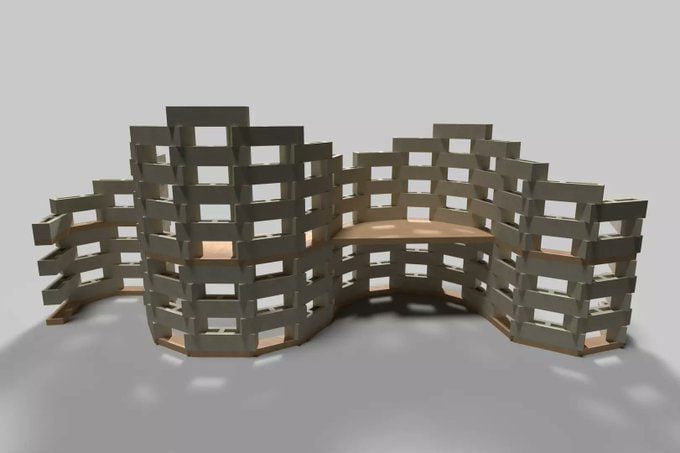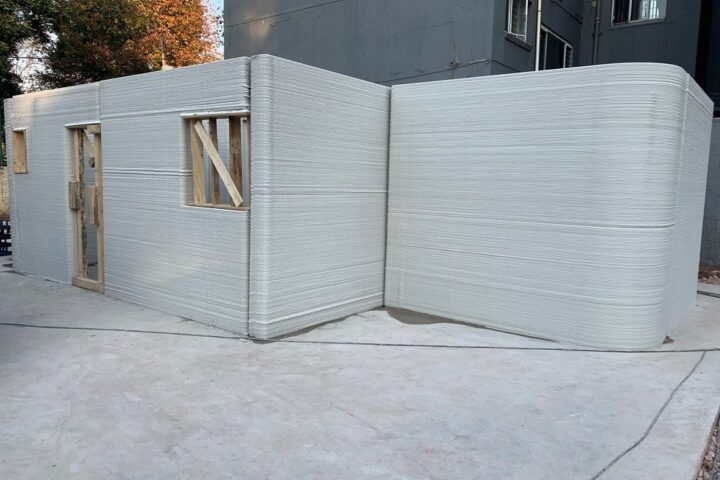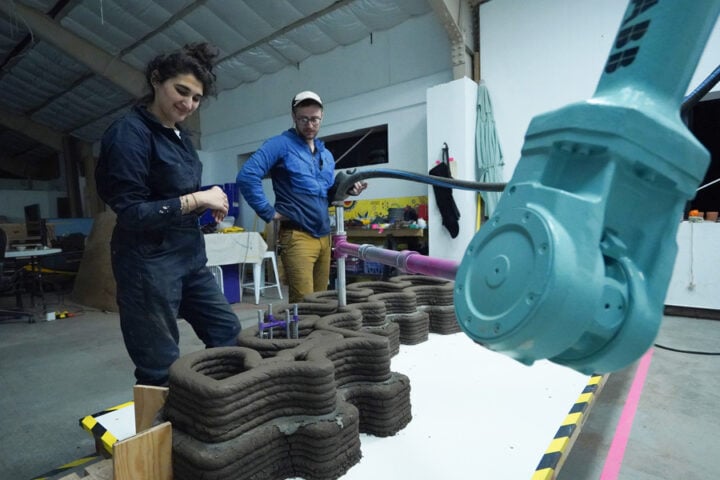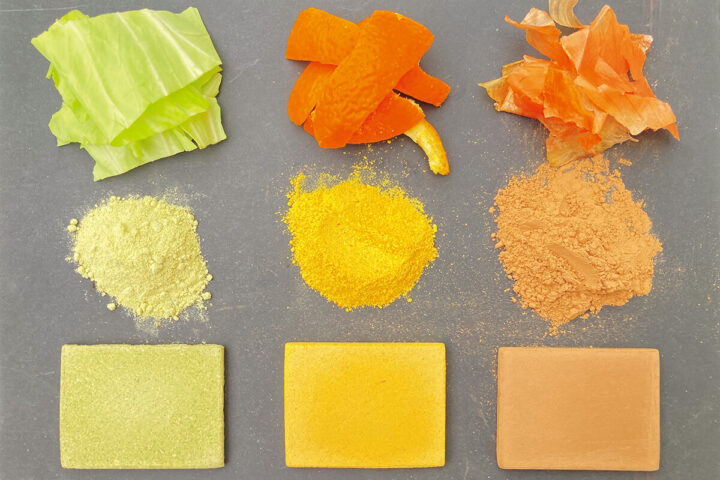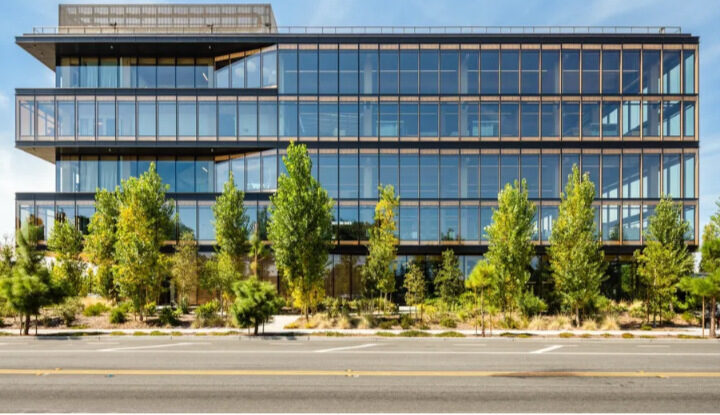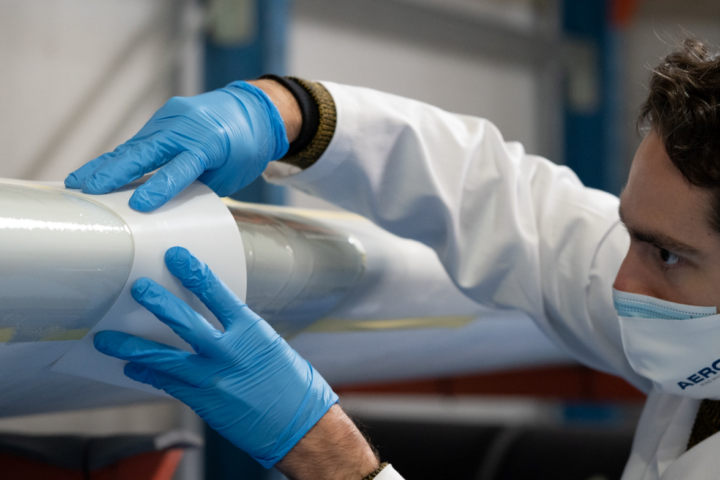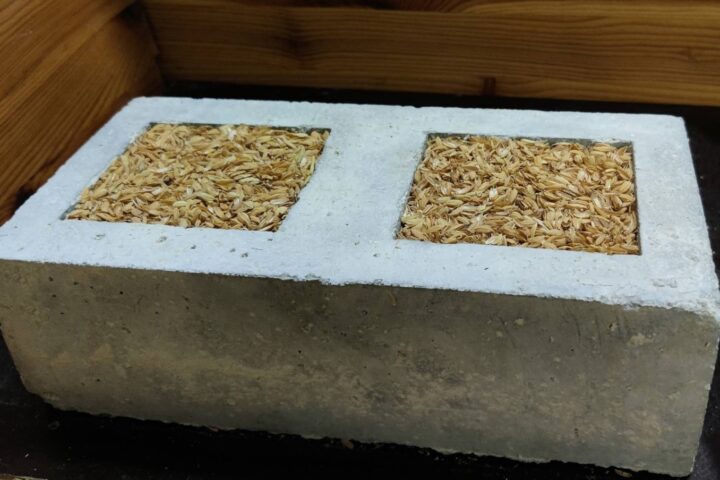Concrete is commonly used globally for construction due to its durability and affordability. It is a go-to construction material for buildings, bridges, and tunnels. However, its widespread use comes with a significant environmental impact. The main culprit behind concrete’s carbon footprint is the cement used in its production. According to think tank Chatham House, Portland cement is responsible for 8% of global CO2 emissions. As the construction industry faces pressure to decarbonize, researchers worldwide are actively seeking greener alternatives for concrete production.
Sam Draper and Barney Shanks, PhD students at Imperial College London, have devised a method for creating carbon-neutral concrete by developing a cement that utilizes a common mineral called olivine. Olivine is split into magnesium and silica, with the silica replacing 35-40% of the Portland cement in concrete. The magnesium is combined with carbon dioxide (CO2) to produce magnesium carbonate, which can be used in construction materials as a substitute for clay-fired bricks and gypsum plasterboard. By capturing waste CO2 from cement factories, the process not only achieves carbon neutrality but also provides a stable carbon store in the form of magnesium carbonate.
Similar Post
The researchers have founded a company called Seratech and have made significant progress since commencing their testing in 2020. They are on the verge of spinning out the company from Imperial College and raising private funds to establish a larger pilot facility capable of producing several tons of cement per week. Draper emphasizes the importance of Seratech’s cement performing as well as conventional Portland cement to ensure its acceptance in the construction industry. They aim to make the new cement indistinguishable from the traditional version in terms of appearance and performance. Other startups are also exploring ways to reduce the environmental impact of concrete. CarbonCure, for instance, injects captured CO2 into concrete during mixing, enhancing its strength and enabling the use of less cement. Carbicrete, another company, combines waste slag from steel production with captured carbon to entirely replace cement in concrete.
In the United Arab Emirates, Kemal Celik, an assistant professor of Civil and Urban Engineering at NYU Abu Dhabi, is working on a process that addresses concrete’s carbon footprint while tackling another environmental challenge. By utilizing the brine produced during the desalination of seawater, which increases ocean salinity and harms marine life, Celik has developed a method to extract magnesium from the brine and produce a cement. This approach offers a cost-effective and environmentally friendly alternative to conventional magnesium-based cement, which typically requires CO2-emitting heating methods. While challenges remain, including industry resistance to change, Seratech and Celik are motivated to revolutionize concrete production for the sake of mitigating climate change. Seratech aims to begin testing its cement in real buildings by early 2025 and establish a large-scale industrial pilot by 2027. Above innovations offer hope for a more sustainable future in the construction industry. The potential to significantly reduce carbon emissions and promote low-carbon construction practices is always welcomed.
